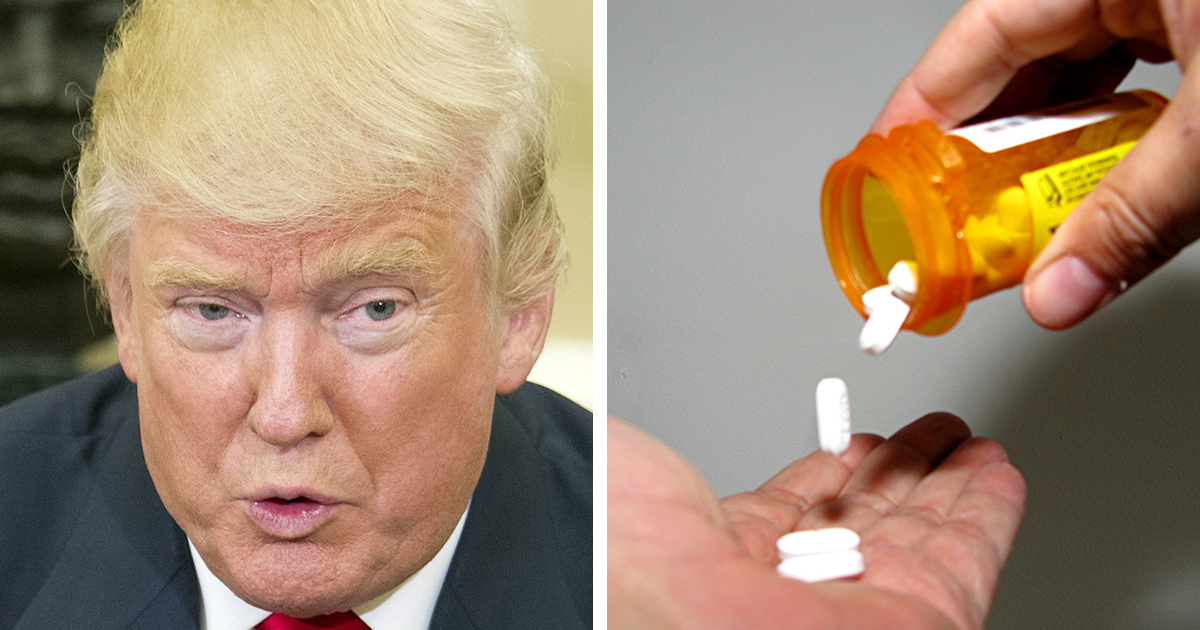The Big Crisis That Could Have Handed Donald Trump Two Swing States

By:
The national conversation about President-elect Donald Trump's surprise victory over Hillary Clinton often focuses on racism's role in the election and the needs of white working class voters. However, there is also a major crisis in this country that may have played a role in the race for the White House: the opioid epidemic.
 AP/Shutterstock, Flickr/frankieleon - apimages.com
AP/Shutterstock, Flickr/frankieleon - apimages.com
Vox's German Lopez reported on links between Trump voters and counties hit hard by the opioid crisis. An analysis by political researcher Katheleen J. Frydell found that 13 counties in Ohio and Pennsylvania won by President Barack Obama in 2012 flipped to Trump in 2016.
The drug overdose rate was much higher than the national average in eight of those 13 counties, according to Vox. The Electoral College votes from those two states were critical in Trump's victory.
"In nine of the Ohio counties that Trump successfully turned from Democrat to Republican, six log overdose rates well above the national norm," Frydell wrote in a blog post. "All of the Pennsylvania counties that chose Obama in 2012 and Trump in 2016 have exceptionally high overdose rates, averaging 25 people per 100,000; in none of these counties did vote totals fall."
Frydell wrote that the opioid crisis does not fully explain the flip from the Democratic Party toward Trump.
However, the drug epidemic could have added to feelings of neglect.
 AP/Paul Faith - apimages.com
AP/Paul Faith - apimages.com
"It does nothing to undermine the convincing evidence that these voters were motivated by an ethno-nationalist appeal, for example," Frydell wrote. "Instead, it supplements it, providing a premise to help explain why a narrative of identity, place, and belonging would have such resonance among them."
Washington's slow response to a national heath crisis could have pushed voters, who already felt forgotten, even closer to Trump.
Congress was slow to address the opioid epidemic.
The Centers for Disease Control and Prevention first called the opioid crisis an epidemic in 2011. From 2000 to 2014, nearly half a million people died from drug overdoses. In 2014, more people died from drug overdoses than ever before — and six out of 10 of those deaths were associated with an opioid, according to the CDC. Still, it took until July of this year for Congress to pass legislation to address this crisis.
Even as Obama signed the "Comprehensive Addiction and Recovery Act," he hinted that it was not enough.
“This legislation includes some modest steps to address the opioid epidemic,” the president said in a statement in July. “Given the scope of this crisis, some action is better than none.”
When people are angry with politicians, they vote to throw them out. Trump's campaign image as an outsider and anti-Obama candidate could have especially resonated in communities devastated by the opioid crisis and frustrated with the response.
"Not any single thread can be identified as 'causal,' but all help to form a picture of Trump’s appeal — namely, a rhetoric and a campaign strategy that made these voters feel seen and heard, not just as measured against the Democratic Party, but within the power structures of the Republican Party as well," wrote Frydell. "His rage matched their anguish; his gaze met their eyes."
